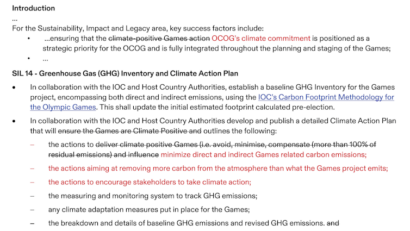
Step length, a devastating finish and ‘springs in his spikes’: the science behind Gout Gout’s speed
2024 Chemist Warehouse Australian All Schools Championships live stream, Australian AthleticsEvery now and then an athlete comes along who Läs mer…
Nyheter och länkar - en bra startsida helt enkelt |Oculus lyx vitae

2024 Chemist Warehouse Australian All Schools Championships live stream, Australian AthleticsEvery now and then an athlete comes along who Läs mer…

When Brisbane was awarded the 2032 Olympic and Paralympic Games, it came with a widely publicised landmark promise: the world’s Läs mer…

VTT Studio/ShutterstockIn December 2001, a small but lively meeting in Budapest, Hungary, launched a whole new international movement. The Läs mer…

Isuzek/Getty Images School principals around Australia are responsible for about 4.5 million staff and students in almost 10,000 schools. Läs mer…

Dmitry Molchanov/ShutterstockFor young people in the early stages of their career, the idea of waiting 40 years or more Läs mer…
Now that the election has been called for May 3, parliament has been dissolved and the caretaker government period has Läs mer…
Tony Abbott was once unelectable. So were Donald Trump and Boris Johnson. And so was Peter Dutton, not so Läs mer…

Stokkete/ShutterstockWhen Auckland mayor Wayne Brown said in 2022 that the Auckland Art Gallery had the foot traffic of a Läs mer…